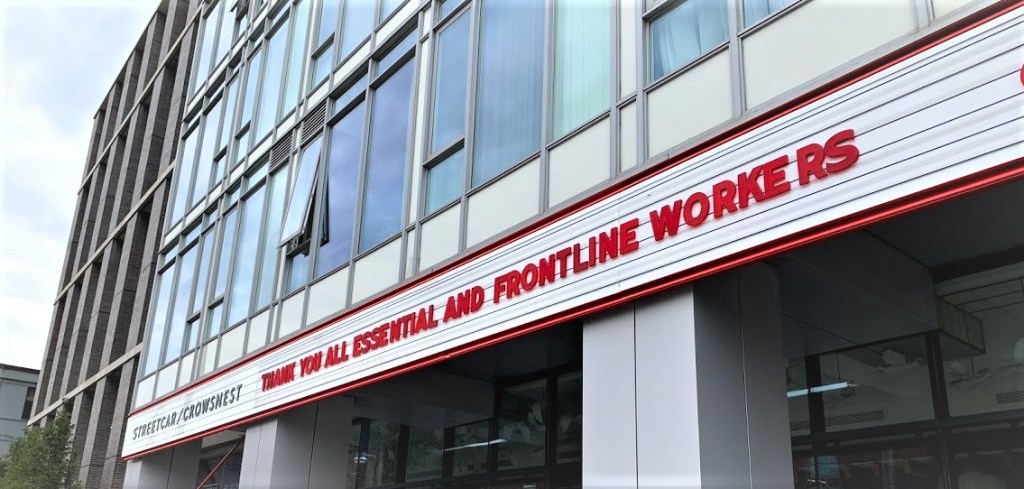This is an Eval Central archive copy, find the original at cense.ca.

Foresight can involve complex data gathering, sensemaking, and design and also be something as simple as developing the headline for next year’s news.
This simple technique can get your organization started on futures thinking and provide a way to connect the present situation with trends that you are seeing in your industry and the world to strategy and aspirations. This technique gets you to imagine the headlines of the future (what people are writing or saying about your enterprise) and walking back from that or projecting forward to fill in the steps that led you to that outcome.
Setting the Stage
This is an activity that is best done as a group anywhere from 4 to 12 people and can be done in as little as an hour, although it can be done over a longer period of time in single or multiple sessions if you wish to go deeper into the assumptions and models for the future.
It’s important to frame the exercise by choosing whether you want headlines for the organization or a specific project or product. It doesn’t matter who these imaginary headlines are to be written by (e.g., journalists, industry professionals), however, it does help to imagine what context they are to be written (e.g., news media, business press, industry news outlets, professional associations, peers). Make whatever context you pick clear even if it is in multiple contexts.
Next, set a time horizon for the headlines sometime within the next 6 to 12 months.
Lastly, this is often used to frame positive outcomes. However, after you’ve determined what success looks like it is worth considering repeating the exercise at a later date (e.g., one week later) with the converse: focusing on headlines that report failures, disasters, or problems. This can help your team see threats as well as possibilities.
The materials you will need are pieces of paper (preferably sticky notes because they are easily portable and can be re-arranged) and a whiteboard or flipchart/newsprint sheets of paper and markers for a facilitator (who can be external or a member of the team) and the team/participants.
Activity
Individually, have participants brainstorm headlines they imagine for the time horizon you have set. Give them about 5-10 minutes and ask participants to strive for volume — lots of ideas — over quality.
As a group, post together (with stickies) or share the ideas that individuals have generated. This can be done by having individuals post up their sticky notes on a wall and then later organized or by doing successive round-robin reporting where everyone presents a single idea in as many rounds as there are ideas.
We suggest having the group vote on headlines that they like, elicit the strongest reactions (positive or negative), or are the most provocative. Aim for 3-5 headlines. With these headlines explore as a group some of the assumptions that are in place for this headline to come true. The aim is to answer the question: what would have to happen for this to become a real headline?
Why?
This activity helps you set and frame a goal for your organization, project or product. It can help elicit information about what kind of aspirations, assumptions, and ideas that your team has about what you are doing. It will also allow to identify what kind of relationships, resources, or facilitators are needed to get from where you are to where you wish to go over the time horizon you’ve picked.
If you do the negative case headline, this technique can help frame what kind of necessary activities are required for success and where they can possibly go wrong. it will allow you to identify threats and risks associated with what you’re planning to help account for that in your plan.
This simple technique is powerful and can be used in a single session, with multiple units, or as part of a planning exercise and the dividends are great. It’s fun, creative, and informative.
If you want to see more about what this can do, contact us and we’ll gladly help you set up a foresight scan and strategic plan for your project or organization based on this kind of futures thinking.